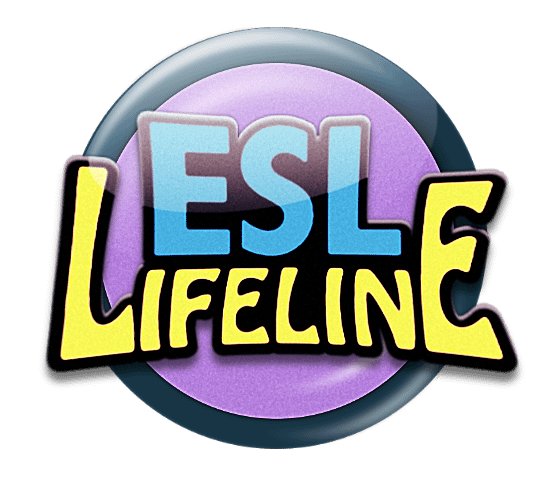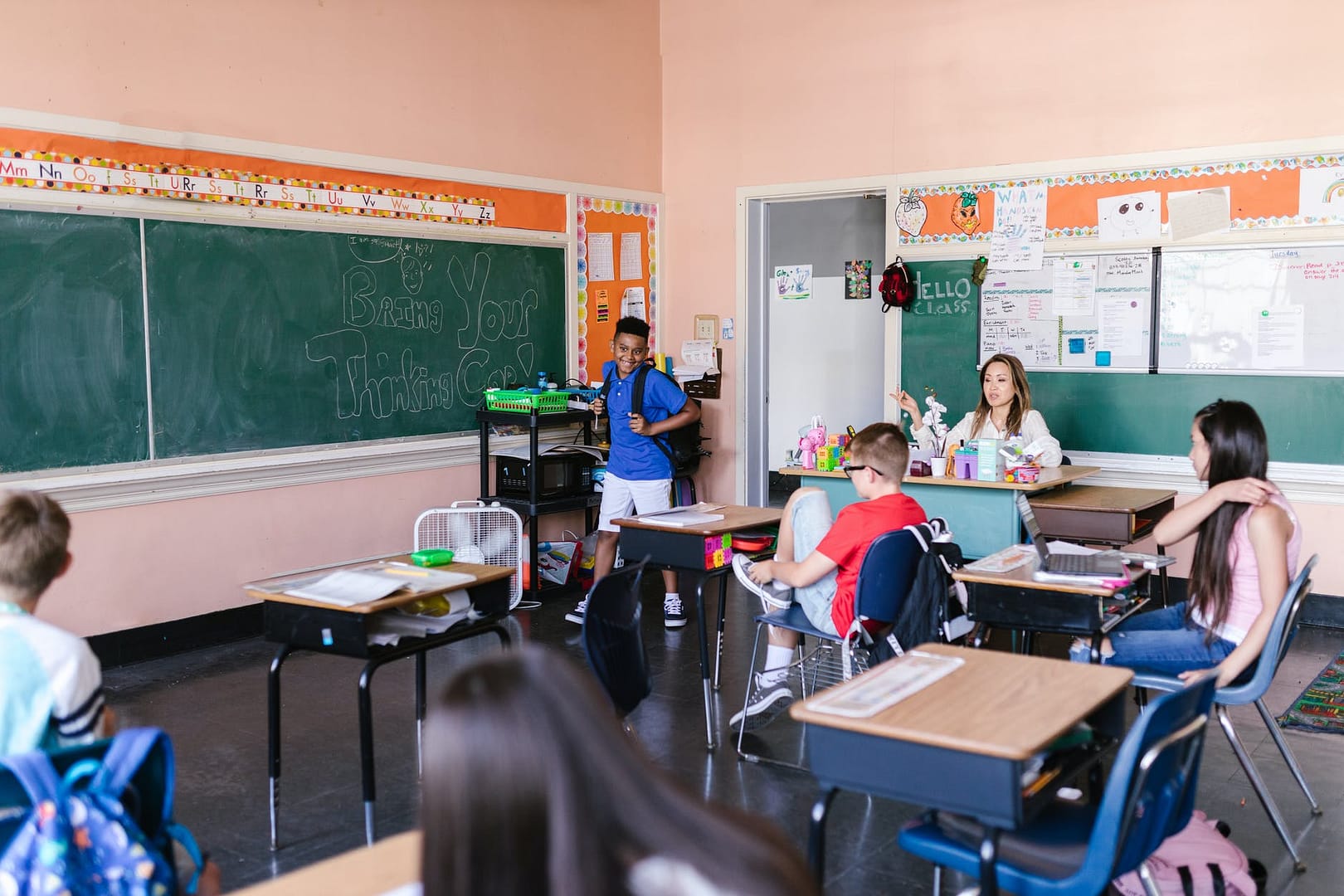The transition from elementary to middle school presents students with a great number of life and academic changes. New middle school students often face challenges adapting to the demand of an increased academic work load and struggle to cope with the autonomy required of them to grow from dependent towards independent learners. Though daunting at first, the challenges adolescents face when entering middle school are actually the same challenges that can help them cope and thrive in that new environment. This article will explain why students are stress when transitioning from elementary into middle school and give you strategies that will help them cope.
The Importance of Transitions
Coming from an environment with less focus on personal agency, adolescents often experience heightened-levels of stress and anxiety about the structure of their new learning environment. Adolescents thrust into burgeoning independence places them on notice about areas of their life that were, up until this point, managed for them; protection, security and structure being the key areas that transitioning students experience the most anxiety in. Largely due to their age, transitioning students, becoming increasingly aware of their own self and the individuality of other people, and subsequently experience higher levels of stress and anxiety.
Change challenges the basic needs of protection, security, and structure.
Transitioning from an elementary environment with a single teacher and manageable social interactions to one of multiple instructors and social situations quickly becomes overwhelming. Along with this physical change – the environment – students transitioning into middle school also undergo other developmental changes that they are asked to manage. These changes are largely due to the social situations new middle school students find themselves in; new areas of developmental experimentation on emotional, moral, social, and intellectual plains. Puberty and the biological changes adolescents experience during these formative ages doesn’t make this any easier.
Social Rules
Adapting to new social norms can be challenging for students who already have too much to worry about.
The normative rules of what is acceptable while working with other people, participating in activities, making friends, and even having general discussions is necessarily different in middle school as compared to elementary. Not only is the number of students in a middle school environment higher, the opportunities for socialization increase, as is the possibility of confrontation.
Risks of Changes in Social Environments
But they may be ill-equipped to face the unknown challenges alone. Being forced to the bottom of the proverbial totem pole can cause unhealthy levels of frustration and stress, too, especially with the risk of social stigmatization, alienation, and loneness now being very real possibilities.
In an elementary school environment, a student has a lot of allies at his or her immediate disposal.
These allies – the teacher(s), parents, classroom aides – help the them develop socially in a way that gets them to meet standards of social norms and behaviors – ultimately working on being accepted by his or her peers.
Problems that arise can usually be corrected from the top-down with a rapidity that can arrest antisocial behavior. In middle school, however, students are expected to apply a sense of agency towards their school day. This independence has two variants, with one being the physical. They are asked to move to different classrooms, meet different teachers, and stay moderately organized with little support – or certainly less support that had been available previously in elementary school. This is by design, though, and is necessary when building a functional individual.

Overwhelmed with Social Change
The other variant is the social. Not only do students have to meet new classmates and teachers, they have to cope with the added pressure of each individual’s different personality, beliefs, preferences, styles, and mannerisms. This is further compounded by the often-unseen social cues that are new and unknown to transitioning students. More often than not, situations arise in middle school that get left unattended to simply because teachers are unaware that there is a problem in the first place. It is often the case that new middle school students lack the knowhow of asking for help – a skill that, in many ways, might be the most powerful tool for any individual having to cope with substantial change.
Middle School Normative Procedures
Though the easiest to conceptualize, the learning of new patterns in day-to-day procedures weighs heavy on each aspect of change for transitioning students, and often compounds problems further by the emotional stress caused by having to adjust habits of mind. Human beings are designed to want to be comfortable, preferring the path of least resistance in all areas of life – the cognitive domains are just as, if not more than, susceptible to habituated behavior that has been conditioned over a period of extended time.
Processing New Information
It is for these reasons that explicitly learning the normative patterns and procedures of a new environment – especially one where more demands are placed on cognition – is of primary importance; the quicker a student can learn his or her new schedule, find the location of each class, organize a locker, and adapt to new subjects, the less overtaxed the working memory becomes. When new logistical information has become processed, it stops becoming a burden of thought and starts to become – as desired – a normative behavior. Additional orders of operations that follow these rules are the same for all procedural changes in middle school that may include, but are not limited to, accessing lockers, all aspects of schedules, study techniques, arrival and dismissal times, extracurricular learning, assemblies, and transitioning between classes.
Overcoming the Challenges
Though daunting at first, the challenges adolescents face when entering middle school are the same challenges teachers and parents can use to help them cope and, ultimately, thrive.
The first thing to know about helping adolescents transition into middle school is that the stress and anxiety are not things to be pushed aside and discarded; they are valuable experiences that should be unpackaged and reflected upon together.
Reflection is a key part in any process of learning, and it’s even more vital for the developing adolescent brain.
When something happens that is met with resistance, it is usually because the experience is new and frightening. Reflection on what happened framed around the act of growing can help show that challenging experiences are normal, healthy parts of development. Instead of, “Why did you throw your book today in school?” the question may be better communicated to an adolescent by saying “Did throwing your book today make your other classmates feel comfortable? Why?” This can help them work on the impact the incident had outside of their own perspective, slowly coming to terms with other people’s thoughts and feelings.
Linking Information
Along with reflection, a vital part of helping adolescents cope is the necessity of linking new information with information already known. Adolescents need to make connections in order to learn. And connecting what is happening in the present moment with something from the past helps them make better sense of the world around them. Connections, though, don’t only need to be made when something negative happens. It’s important to work on connecting knowledge and understanding with positive moments, too.
A good grade on a test, for example, can be linked with the effort put in the weeks before while studying and asking questions during class. “You did so well on the test” can have a greater impact when changed to “How did you do so well on the test?” Those variables can be called out explicitly using guiding questions to get the student(s) to work on the explanation and form the connections themselves.
Discussing Coping Strategies
One final way to help adolescents cope with the transition into middle school is by discussing possible scenarios that may happen along with coping strategies for each. This can be as simple as talking about conflict and how to resolve it peacefully or as complicated (but dynamic) as modeling and acting out scenarios for controlled practice before the real world. Practice, too, helps to make students feel at ease and lowers the stakes so the stress on the brain is minimal and the impact of learning is higher.


